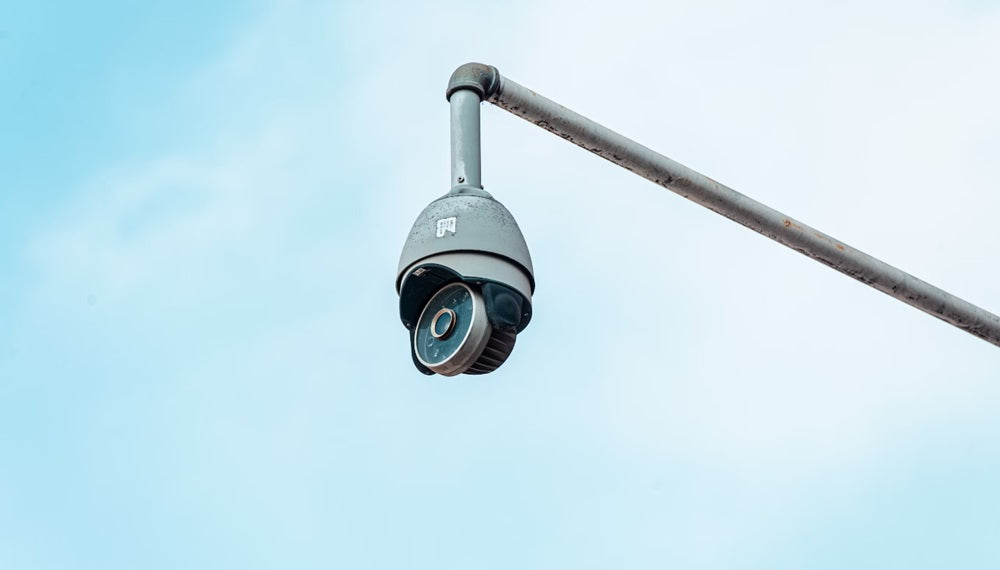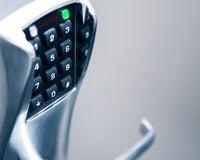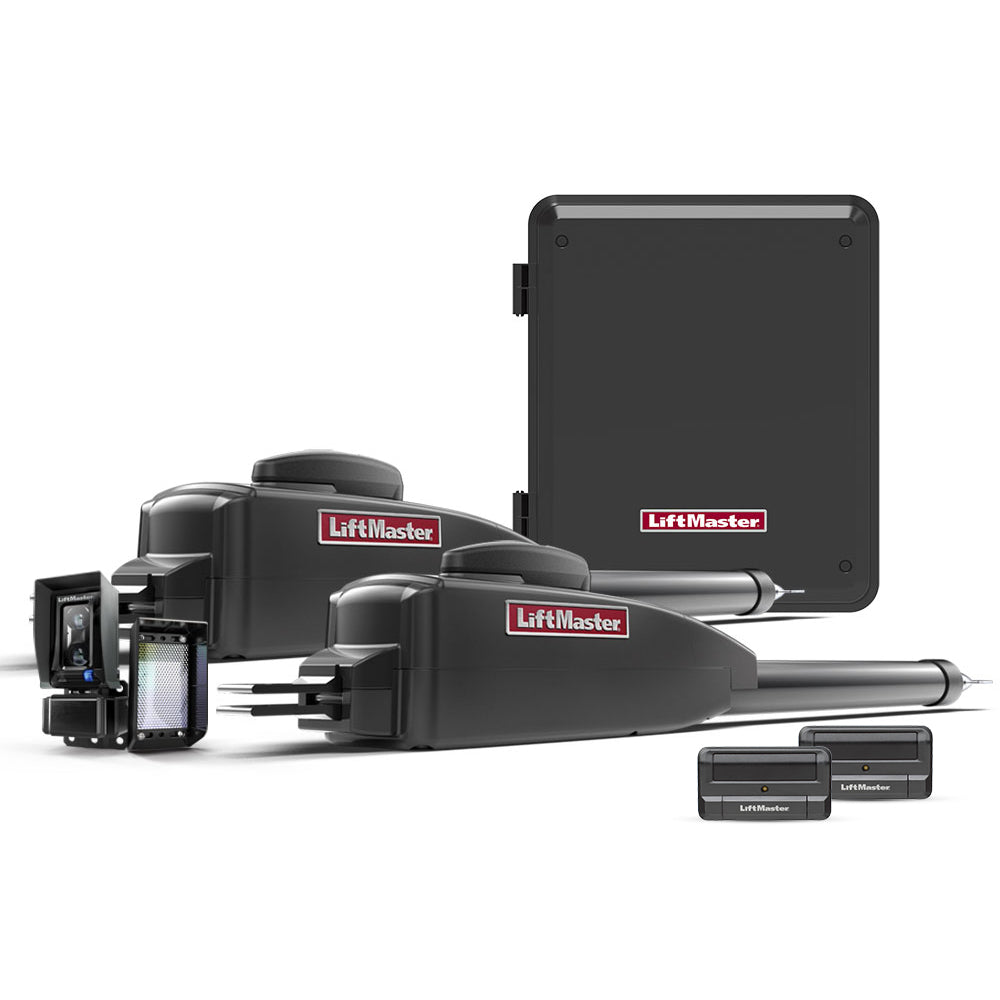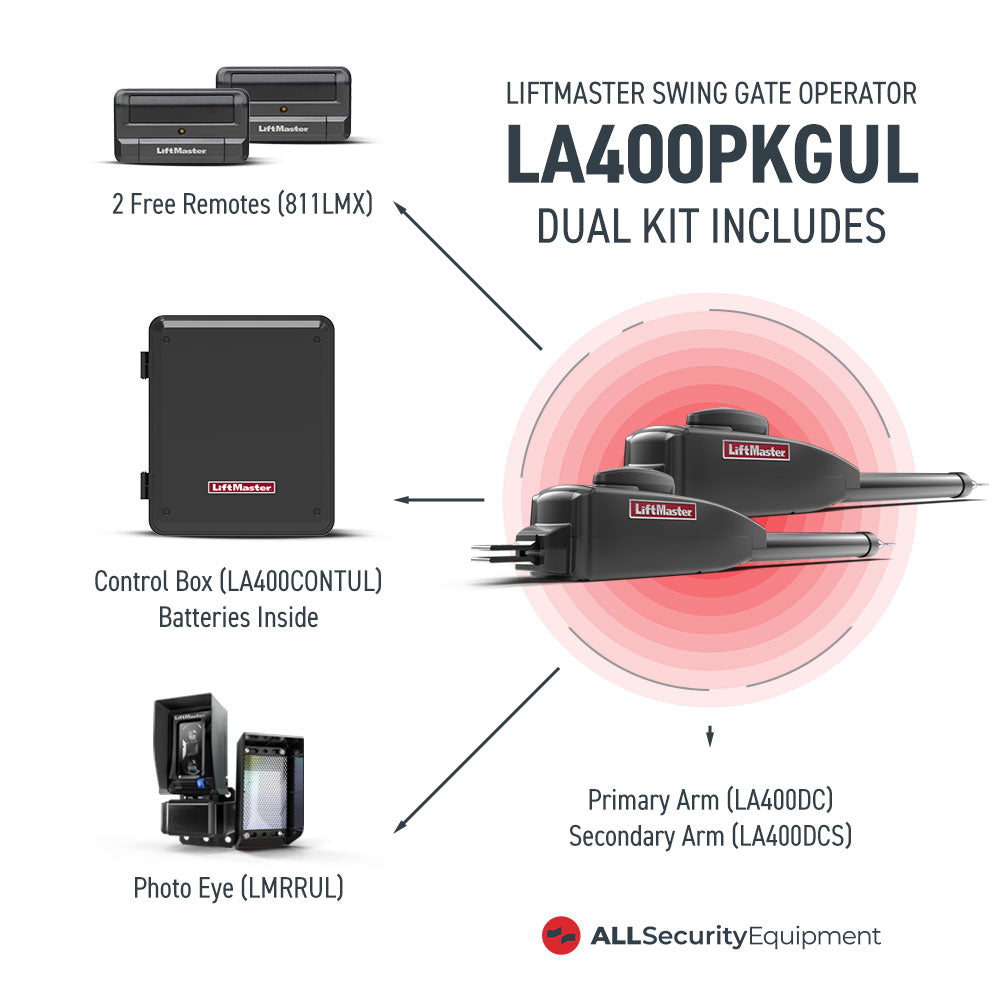The use of multiple cameras is important for any surveillance system you use to capture activity within the perimeter of your property. Having a comprehensive view of the surroundings means getting a camera with an ultra-wide angle like the fisheye camera.
A fisheye camera is useful in larger outdoor areas because it can cover much more of your property. To get the most out of it, ensure proper placement and regular maintenance so it can serve its purpose well.
An Overview of the Fisheye Camera
IP cameras, usually outdoor ones, are often available in circular fisheye lens types. A fisheye lens is an ultra-wide angle panoramic camera with a wide dynamic range that creates a warped fisheye effect.
This key feature is useful in security and surveillance to enable the system to cover a lot of ground without blind spots. A good surveillance fisheye camera may also possess the following features:
Weatherproof
Because fisheye cameras are often used in outdoor settings, the device must be weatherproof to resist the changing elements and extreme temperatures. Cameras with an IP66 or IP67 rating indicate that they are waterproof and versatile for indoor and outdoor use.
Tamper-Resistant
A security camera must be able to resist tampering to avoid compromising security. The best fisheye cameras are those with dome-shaped bodies because they are resistant to damage and vandalism.
Night Vision With Wide IR Range
Fisheye security cameras are designed to work well in low-light conditions. Most IP cameras emit infrared light for efficient night vision performance, even under drastic weather conditions. It ensures that the surveillance camera works round the clock for enhanced security.
Ultra-Wide 360° Viewing Angle
The wide panoramic fisheye view offers superior situational awareness. It can cover a wide span of the horizon for maximum detection and monitoring. The struggle is on how to install it at a single vantage point to effectively accommodate the necessary coverage areas in the frame.
Proper Placement of Fisheye Camera
How large a camera can cover will be useless if not strategically installed. Fisheye cameras have a shallow depth of field so they need to be installed properly to make them effective.
Place It in the Center
When installing a fisheye security camera on the ceiling, it should ideally be centered in the room. From this viewpoint, it can monitor a wide portion and maximize the purpose of its sensor. Avoid placing fisheye surveillance cameras in the corner because it can drastically reduce the coverage view.
Keep the View Unobstructed
For outdoor and wall-mounted security cameras, place them in an unobstructed view to avoid visual hindrances. Choose the height and mounting area where the camera will capture relevant events instead of the sky or ground.
Ambient Light Must Be Consistent
Place the fisheye camera in an area where the ambient light remains consistent throughout the day. Balanced brightness will capture optimal image quality without sacrificing details. Some cameras, like the UNV Ultra HD Fisheye Camera, have a 360° fill-in light aside from the infrared light that can cover up to 15 m IR range.
How to Maintain a Fisheye Camera Lens
For many people, installing a video surveillance camera is a one-step process. We don’t usually pay much attention to our surveillance systems after installation until they fail.
However, proper care and maintenance can do so much in extending their useful life and optimizing their performance. Here are some points to remember when cleaning a surveillance camera:
Clean the Camera Regularly
Wipe away smudges, dust, cobwebs, dirt, and other debris that may pool in the camera lens and affect its clarity. Use non-abrasive cloths or microfiber cloths and lens cleaning solutions to clean the surface of your cameras gently but thoroughly.
Remove the Moisture
If your lens is foggy, moisture is likely building up inside the glass. You can solve this by running a hair dryer at a low setting over the lens to remove the moisture buildup.
Apply Compressed Air
Compressed air can remove stubborn and deep-seated dirt that cannot be removed by wiping. Spray it in a quick pass, and do not hold the compressed air in the area for too long. Be careful not to focus the air in the center, as it might only push the debris into the center.
Use an Anti-fog Solution
You can find anti-fog cleaning solutions in some online stores or prepare your own using distilled water and some mild dish soap. Apply it on the glass surface of the camera in a circular motion using a soft microfiber cloth.
Use the Right Tool
When cleaning any glass surface, avoid using abrasive cloths and harsh cleaners. Use a microfiber cloth instead of paper towels and tissues. Alcohol wipes are also a no-no since they can damage the lens and make it cloudy.
Do Not Touch the Camera or Take It Apart
Modern fisheye cameras today have efficient sealing; it is not necessary to take everything apart when cleaning. Not only will it void the warranty, but you will also risk damaging its internal parts. If you need a deep cleaning, let a professional handle the job. Also, touching the surface will leave streaks, so be careful not to touch the lens when cleaning.
Enclose It in a Housing
When installing outdoor cameras, expect the rain and outdoor elements to leave spots, residue, and debris. You can reduce the frequent need for cleaning cloudy cameras by building a housing over it as protection. But, make sure that the enclosure doesn’t cover its full range of view and obstruct the frame.
Where to Buy
If you are looking for a reliable fisheye camera with the greatest key features, such as motion detection, get the best from All Security Equipment. We have indoor and outdoor options for tamper-resistant and weather-resistant surveillance cameras to protect your perimeter.
Check out cameras, camera accessories, and other security-related products. Contact us for more information about their applications.












